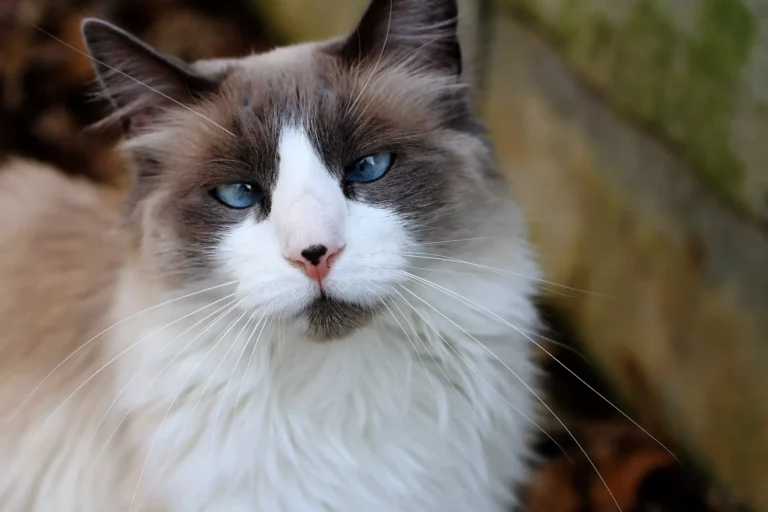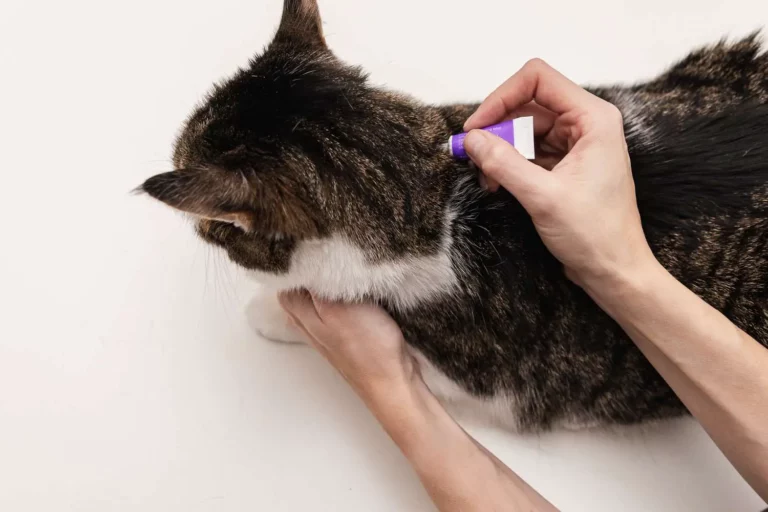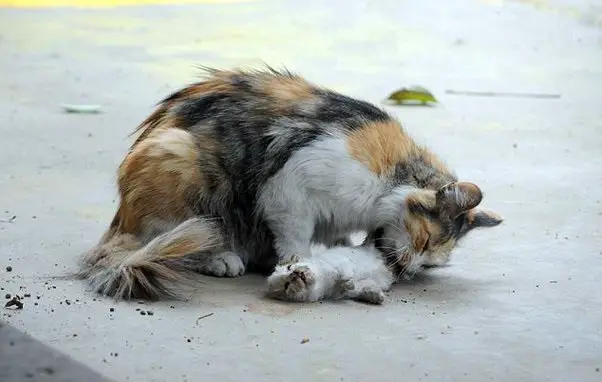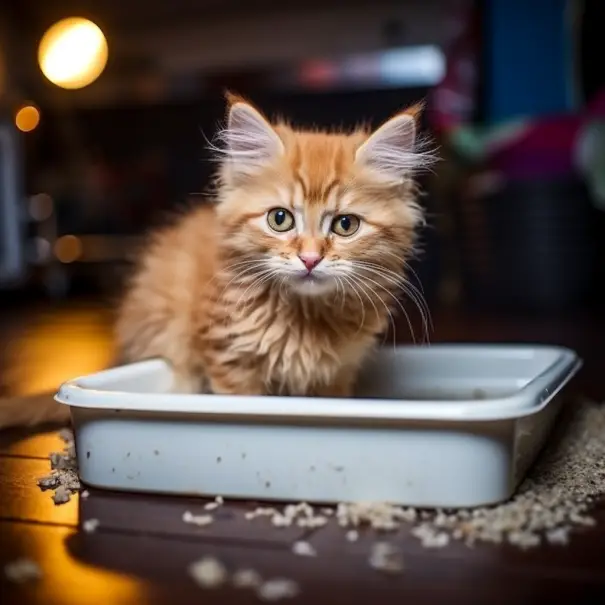8 Breeds of Cats with Big Ears You Need to Know About
Welcome to our guide on the breed of cats with big ears! If you’re a cat lover who’s fascinated by these unique feline features, you’ve come to the right place. In this blog post, we’ll explore various cat breeds with large ears, their history, personality traits, and health considerations.
Plus, we’ll answer some frequently asked questions about these captivating creatures.
Key Takeaways
There are several cat breeds with big ears, each with their unique charm and personality.
Big-eared cats can be great companions, with many breeds being social and intelligent.
It’s essential to be aware of potential health concerns related to large ears in cats.
A Brief History of Big-Eared Cat Breeds
Big-eared cat breeds have captured the hearts of cat lovers worldwide, but have you ever wondered how these felines developed their striking ears? In this section, we’ll take a closer look at the role of genetics, human influence, and natural advantages in the development of these fascinating breeds.
The Role of Genetics in Ear Size
Genetics play a significant role in determining the size of a cat’s ears. Specific genes control the development of various physical features, including ear size and shape. Over time, as cats with larger ears bred, these traits became more prominent in certain breeds, resulting in the big-eared cats we know and love today.
Human Influence on the Development of Big-Eared Cat Breeds
Selective breeding by humans has also contributed to the development of big-eared cat breeds. Breeders often choose cats with specific traits, such as large ears, to create unique and desirable breeds. This selective breeding process enhances and reinforces these distinctive features over generations.
Some of the big-eared cat breeds, like the Oriental Shorthair and the Devon Rex, are the result of intentional breeding programs. Others, like the Abyssinian, developed their large ears naturally through the process of evolution and adaptation.
Advantages of Large Ears for Cats in the Wild
In the wild, cats with larger ears may have certain advantages over their smaller-eared counterparts. Bigger ears can help with heat dissipation, keeping cats cool in hot climates. This is particularly important for desert-dwelling cats, such as the wild ancestors of the domestic Abyssinian.
Moreover, large ears can also be beneficial for detecting and locating sounds, which can help cats identify prey or sense potential threats. This increased auditory perception can contribute to their success as hunters and their overall survival in the wild.
In summary, the development of big-eared cat breeds is a combination of genetic factors, human influence, and natural advantages. These unique felines have captured our hearts and imagination, offering a fascinating glimpse into the diversity of the feline world.
Top 8 Breeds of Cats with Big Ears
In this section, we’ll introduce you to eight captivating cat breeds with large ears. Each breed has its unique charm, history, and personality. Let’s dive in and learn more about these fascinating felines!
1. Oriental Shorthair

- Origin and history: The Oriental Shorthair originated in the United States in the 1950s as a result of crossbreeding Siamese cats with other breeds. This breed was developed to have a wide range of colors and patterns while retaining the distinct features of the Siamese.
- Appearance and distinguishing features: Oriental Shorthairs have a sleek and slender bodies, almond-shaped eyes, and, of course, large, pointed ears. Their coat comes in a variety of colors and patterns.
- Personality traits and temperament: These cats are known for being social, intelligent, and vocal. They form strong bonds with their human companions and enjoy interactive play.
- Health considerations and life expectancy: Oriental Shorthairs have a life expectancy of 12-15 years. They are generally healthy but may be prone to dental issues and heart problems like hypertrophic cardiomyopathy.
2. Sphynx
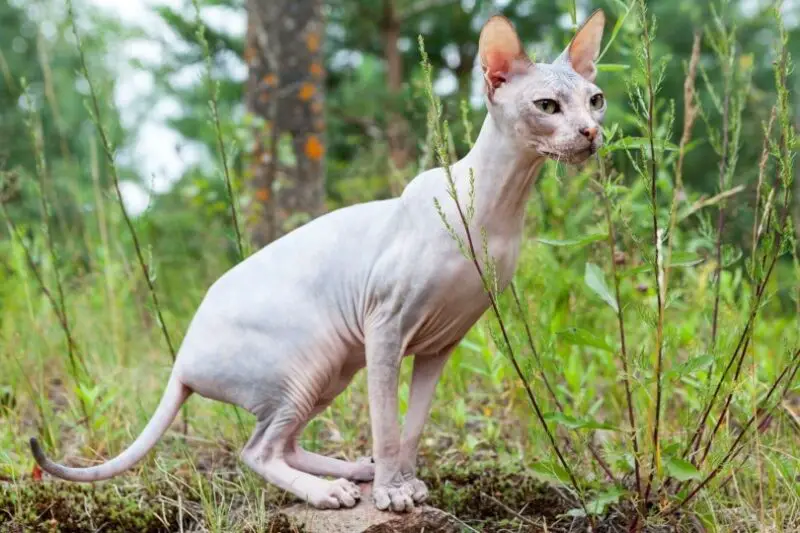
- Origin and history: The Sphynx cat first appeared in Canada in the 1960s due to a natural genetic mutation that resulted in hairlessness. Over time, breeders have selectively bred these unique cats to enhance their distinct appearance.
- Appearance and distinguishing features: Sphynx cats are known for their hairless appearance, wrinkled skin, and large ears. They also have a muscular build and expressive eyes.
- Personality traits and temperament: Sphynx cats are friendly, social, and intelligent. They love attention and have a playful nature, making them great companions for families.
- Health considerations and life expectancy: The Sphynx has a life expectancy of 13-15 years. They may be prone to skin issues, heart problems, and sensitivity to temperature extremes due to their lack of fur.
3. Siamese
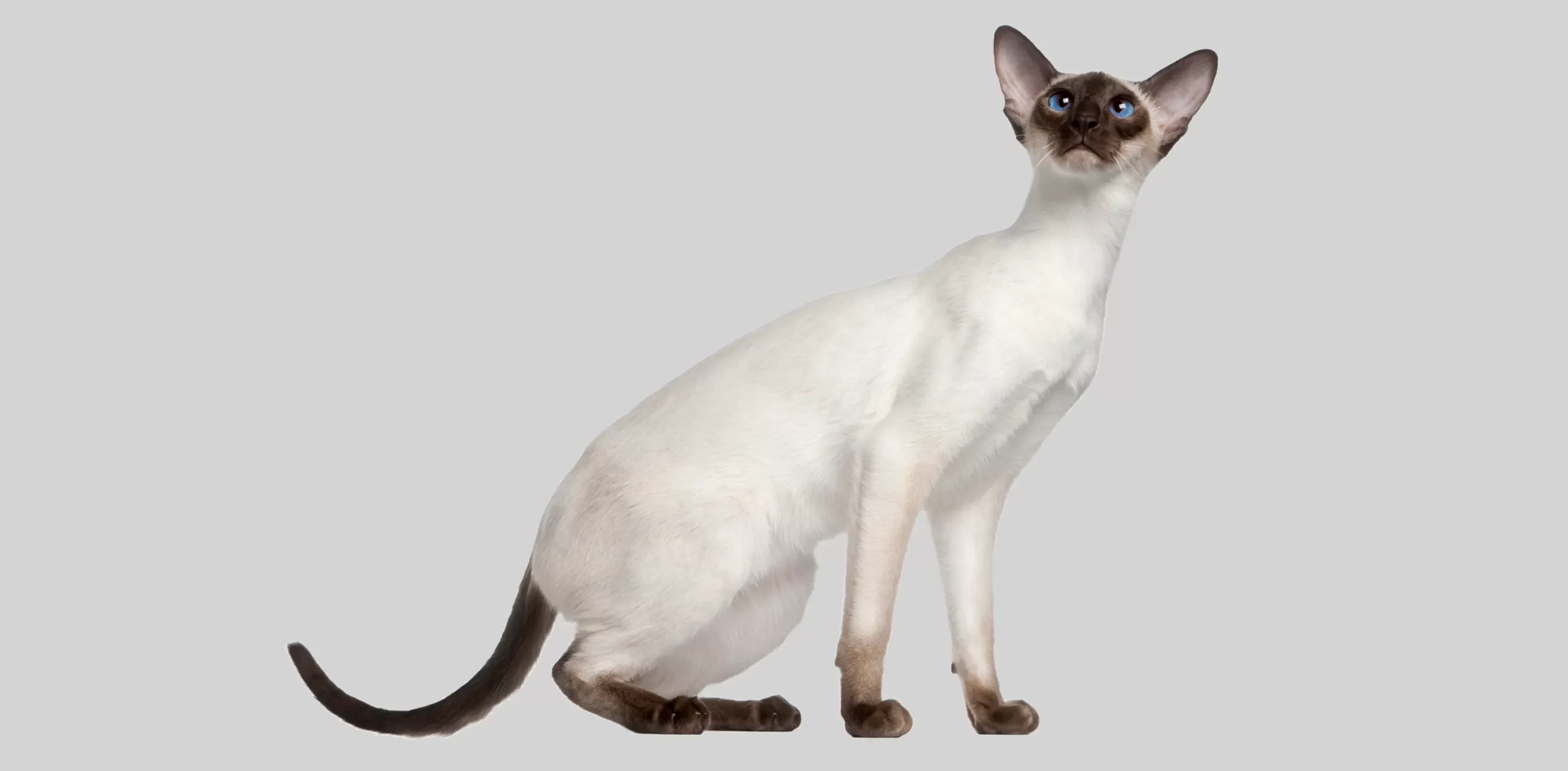
- Origin and history: Siamese cats originated in Thailand (formerly Siam) and have a long history as royal and sacred cats. They were first introduced to the Western world in the late 19th century.
- Appearance and distinguishing features: Siamese cats have a sleek and slender build, blue almond-shaped eyes, and large, pointed ears. They are known for their short coat with a cream color and darker “points” on the ears, face, paws, and tail.
- Personality traits and temperament: Siamese cats are affectionate, social, and vocal. They love being around their human companions and are known for their strong bonds with their families.
- Health considerations and life expectancy: Siamese cats have a life expectancy of 12-15 years. They may be prone to dental issues, heart problems, and certain eye conditions.
4. Devon Rex

- Origin and history: The Devon Rex originated in England in the 1960s as a result of a natural genetic mutation that resulted in a unique curly coat. They are not related to the Cornish Rex, despite their similar appearance.
- Appearance and distinguishing features: Devon Rex cats have slender bodies, large ears, and a distinctive curly coat. They also have large, expressive eyes and high cheekbones.
- Personality traits and temperament: Devon Rex cats are friendly, intelligent, and playful. They enjoy being around people and are known for their clown-like antics.
- Health considerations and life expectancy: The Devon Rex has a life expectancy of 12-15 years. They may be prone to
hereditary muscle issues, heart problems, and patellar luxation.
5. Cornish Rex
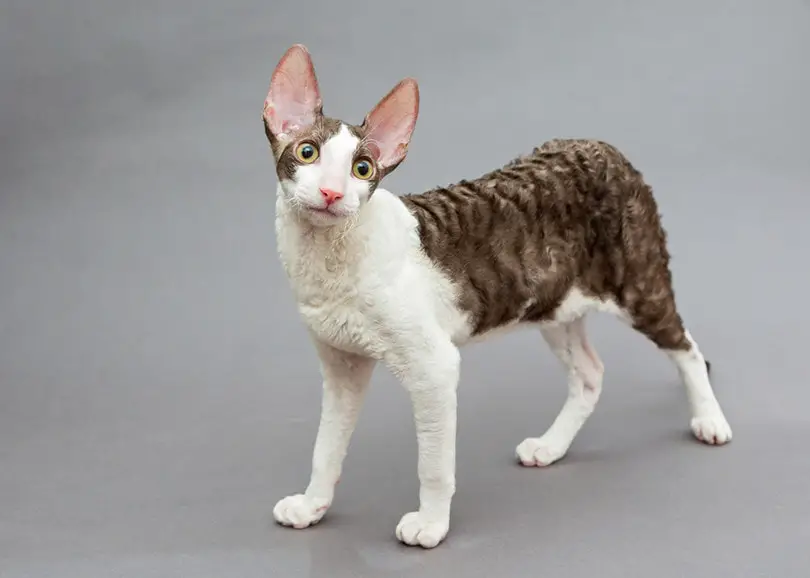
- Origin and history: The Cornish Rex hails from Cornwall, England, and was first discovered in the 1950s. Like the Devon Rex, this breed has a unique curly coat due to a natural genetic mutation.
- Appearance and distinguishing features: Cornish Rex cats have slender and muscular bodies, large ears, and an elegant, wavy coat. They also have distinctive egg-shaped heads and high cheekbones.
- Personality traits and temperament: These cats are affectionate, energetic, and intelligent. They love to play and interact with their human companions and are often described as “dog-like” in their behavior.
- Health considerations and life expectancy: Cornish Rex cats have a life expectancy of 12-15 years. They are generally healthy but may be prone to hereditary muscle issues, heart problems, and patellar luxation.
6. Abyssinian

- Origin and history: The Abyssinian’s exact origin is unclear, but they are believed to have ancient Egyptian roots. This breed was further developed in England during the 19th century.
- Appearance and distinguishing features: Abyssinians have a sleek and muscular body, almond-shaped eyes, and large, pointed ears. Their short coat has a unique “ticked” pattern, giving them a wild appearance.
- Personality traits and temperament: Abyssinians are known for their intelligence, curiosity, and playfulness. They enjoy exploring their environment and engaging in interactive play with their human companions.
- Health considerations and life expectancy: Abyssinians have a life expectancy of 12-15 years. They may be prone to dental issues, hereditary kidney problems, and certain eye conditions.
7. Savannah
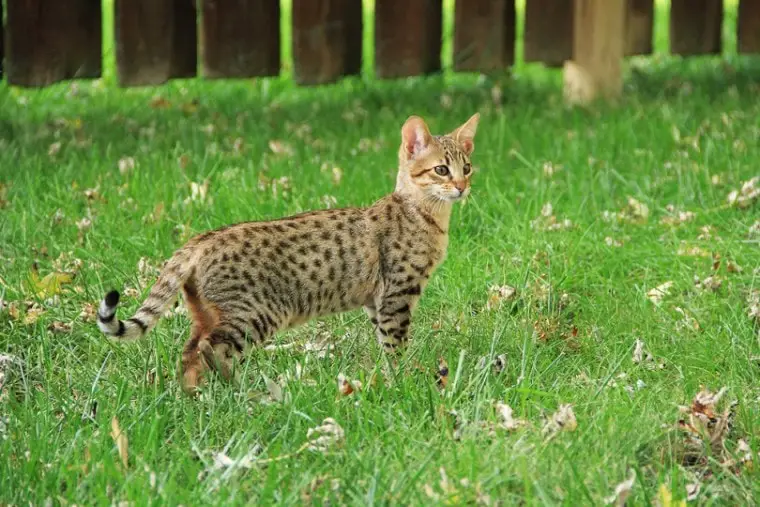
- Origin and history: The Savannah cat is a hybrid breed created by crossing a domestic cat with a serval, a wild African cat. The first Savannah was bred in the United States in the 1980s.
- Appearance and distinguishing features: Savannah cats have a tall, lean build, large ears, and a short coat with bold spots and stripes. Their appearance is reminiscent of their wild ancestry.
- Personality traits and temperament: Savannah cats are intelligent, curious, and energetic. They require plenty of physical and mental stimulation to stay happy and healthy.
- Health considerations and life expectancy: Savannah cats have a life expectancy of 12-15 years. They are generally healthy but may be prone to certain hereditary health issues common in hybrid breeds.
8. Balinese

- Origin and history: The Balinese is a long-haired variety of the Siamese cat, first developed in the United States in the 1950s. Their name is derived from the graceful dancers of Bali, reflecting their elegant appearance.
- Appearance and distinguishing features: Balinese cats have slender bodies, large ears, and long, flowing coats. Like the Siamese, they have blue almond-shaped eyes and darker “points” on their ears, face, paws, and tail.
- Personality traits and temperament: Balinese cats share the Siamese’s affectionate, social, and vocal nature. They form strong bonds with their human companions and enjoy interactive play.
- Health considerations and life expectancy: Balinese cats have a life expectancy of 12-15 years. They may be prone to dental issues, heart problems, and certain eye conditions.
Caring for Cats with Big Ears: Health and Grooming
Big ears can be a beautiful feature in cats, but they may also require some special care. This section covers the essentials of caring for your big-eared feline friend, focusing on health and grooming practices to keep them in tip-top shape.
How to Clean Your Cat’s Ears Properly
Cats with large ears may be more susceptible to a buildup of wax, dirt, and debris, making regular ear cleaning an essential part of their grooming routine. Follow these steps to clean your cat’s ears safely:
- Inspect the ears: Before cleaning, examine your cat’s ears for signs of redness, swelling, or discharge, which may indicate an infection or other health issue. If you notice any of these symptoms, consult your veterinarian.
- Prepare your supplies: Gather a few cotton balls or gauze pads, a pet-safe ear-cleaning solution, and a towel to protect your clothing and furniture.
- Gently hold your cat: Position your cat on your lap or a secure surface, using a gentle but firm grip to keep them still.
- Clean the ears: Moisten a cotton ball or gauze pad with the ear cleaning solution, and gently wipe the outer part of the ear. Be careful not to insert anything into the ear canal, as this can cause damage.
- Reward your cat: After cleaning both ears, offer your cat a treat or some affection as a reward for their cooperation.
Potential Health Concerns Related to Large Ears
While many big-eared cats are generally healthy, they may be more prone to certain health issues due to their unique anatomy. Some potential concerns include:
- Ear infections: Large ears can be more susceptible to infections, as they provide a larger surface area for bacteria and yeast to thrive. Regular ear cleaning can help prevent infections, but if you notice signs of a problem, consult your veterinarian for appropriate treatment.
- Ear mites: Ear mites are tiny parasites that can cause itching, irritation, and a dark discharge in your cat’s ears. If you suspect your cat has ear mites, your veterinarian can provide a proper diagnosis and recommend a suitable treatment plan.
The Importance of Regular Vet Check-ups for Big-Eared Cats
Regular veterinary check-ups are essential for all cats, but they can be especially important for big-eared breeds. During these visits, your veterinarian can:
- Assess your cat’s overall health, including their ears
- Provide guidance on proper ear care and cleaning techniques
- Identify and treat any potential health issues early on
By staying vigilant and providing proper care for your cat’s ears, you can help ensure their overall health and happiness. Don’t hesitate to consult your veterinarian if you have concerns about your cat’s ears or their general well-being.
Choosing the Right Big-Eared Cat Breed for Your Lifestyle
Now that you’ve learned about various big-eared cat breeds and how to care for them, you may be considering welcoming one into your home. Here we’ll discuss some factors to consider when choosing the right big-eared cat breed for your lifestyle.
Activity Level and Exercise Needs
Different cat breeds have varying activity levels and exercise needs. For example, Abyssinians and Savannah cats are known for their high energy levels, while Siamese and Balinese cats may be moderately active. Consider your own lifestyle and activity preferences when choosing a breed. Are you looking for a playful companion to keep you on your toes, or a more laid-back lap cat to cuddle with?
Space Requirements
Some big-eared cat breeds, like the Savannah, may require more space to roam and explore. If you live in a small apartment or have limited space, you may want to consider a breed that’s more adaptable to a smaller living environment, like the Siamese or the Oriental Shorthair.
Social and Vocal Traits
Certain big-eared cat breeds, like the Siamese and the Oriental Shorthair, are known for their social and vocal nature. They may require more attention and interaction from their human companions. If you’re often away from home or prefer a quieter cat, a less vocal breed, like the Devon Rex or the Cornish Rex, may be more suitable.
Grooming Needs
While most big-eared cat breeds have short coats and relatively low grooming needs, some breeds, like the Balinese, have longer coats that require more frequent grooming. If you’re looking for a low-maintenance grooming routine, a breed with a short coat, like the Sphynx or the Abyssinian, maybe a better fit.
Allergies and Hypoallergenic Breeds
If you or someone in your household has allergies, you may want to consider a hypoallergenic cat breed. The Sphynx, with its hairless coat, and the Devon Rex, with its low-shedding curly coat, are both considered hypoallergenic breeds that may be more suitable for allergy sufferers.
By considering these factors and researching each big-eared cat breed’s unique characteristics, you can make an informed decision when choosing the perfect feline companion for your home and lifestyle.
Remember that each cat is an individual, and their personality may vary within their breed. Take the time to meet potential feline friends and find the one that captures your heart.
Related:
Frequently Asked Questions
Do big-eared cats have better hearing than other cats?
While there isn’t definitive evidence that big-eared cats have better hearing, their larger ears may help them detect sounds more effectively. This could be particularly advantageous for wild or outdoor cats in locating prey or sensing potential threats.
Are big-eared cats more prone to ear infections?
Cats with large ears may be more susceptible to ear infections due to their increased exposure to environmental factors like dust and debris. Regular ear cleaning and vet check-ups can help prevent and detect issues early on.
Are big-eared cats hypoallergenic?
No cat breed is truly hypoallergenic. However, some big-eared breeds like the Devon Rex, Cornish Rex, and Sphynx produce fewer allergens due to their coat type, making them more suitable for allergy sufferers.
Do big-eared cats require more space?
The size of a cat’s ears doesn’t necessarily correlate with their need for space. However, some big-eared breeds like the Savannah or Abyssinian are known for their high energy levels and may benefit from a larger living area to explore and play.
Final Thoughts
Big-eared cat breeds have a unique charm and appeal, making them fascinating and lovable companions. In this blog post, we’ve explored various breeds with large ears, their origins, distinguishing features, and personalities.
We’ve also covered essential health and grooming tips to ensure your big-eared feline friend stays in top shape, as well as factors to consider when choosing the right breed for your lifestyle.
Whether you’re drawn to the elegant Siamese, the affectionate Devon Rex, or the exotic Savannah, there’s a big-eared cat breed to suit every taste and preference. Remember that each cat is an individual, so take the time to meet potential feline friends and find the one that’s perfect for you.
With love, care, and understanding, a big-eared cat can become a cherished member of your family and a lifelong companion.

